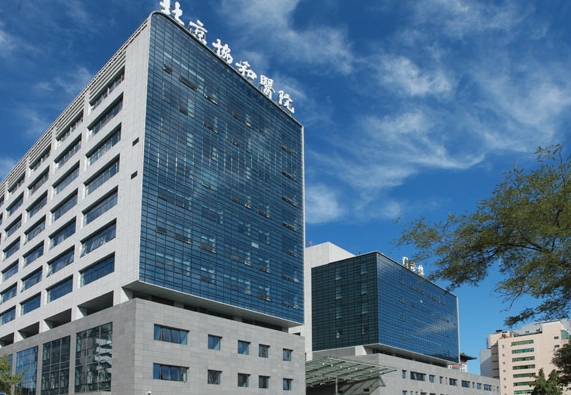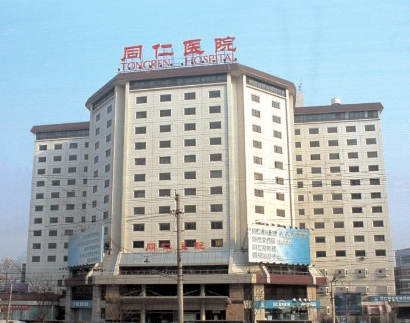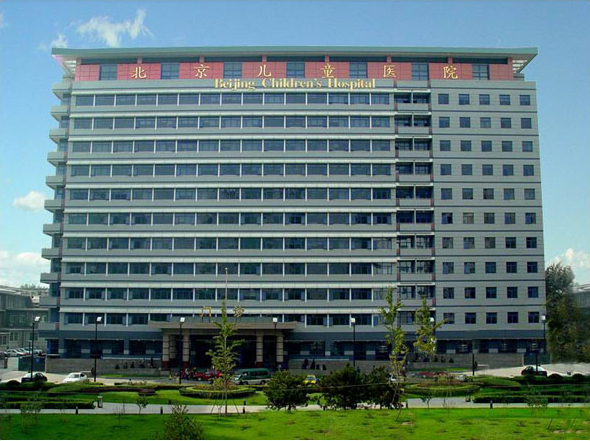A型脊柱侧弯术后主弯进展: 原因分析及预防措施(发表于SPIN...
2011年作为第一作者发表于SPINE杂志的学术论文, 该文对单弯型青少年特发性脊柱侧弯患者术后出现主弯继续进展的原因进行了系统分析并讨论了预防措施。
北京大学第一医院骨科王宇
论文信息:
Wang Y (corresponding author), Bünger CE, Zhang Y, et al. Distal Adding On in Lenke 1A Scoliosis in Lenke 1A Scoliosis Part 2: What causes it? How can it be prevented? (Accepted, Spine)
论文摘要:
Study Design. A systematic risk factor analysis.
Objective. To investigate causes and prevention of postoperative curve progression in Lenke 1A scoliosis.
Summary of Background Data. Although the phenomenon of postoperative curve progression has been addressed by several authors, establishing its causes remains controversial. “What causes postoperative curve progression in Lenke 1A scoliosis?” and “How can it be prevented?” need to be answered.
Methods. The 60 patients identified in Part 1 were included. Ten potential risk factors for postoperative curve progression were selected. Five radiographic parameters were used for indicating the magnitude of postoperative curve progression. Correlation analysis was then performed between the 10 potential risk factors and 5 radiographic parameters with an aim towards identifying the causes of postoperative curve progression. To predict 2-year outcome using preoperative parameters, linear regression models were established. Two-year Cobb angle, thoracic AV-CSVL distance and LIV-CSVL distance were selected to represent 2-year outcome. Their correlations with 8 preoperative parameters were tested.
Results. The potential risk factors representing either LIV selection or skeletal immaturity were highly correlated with the 5 radiographic parameters, suggesting that LIV selection and skeletal immaturity are causative in connection with postoperative curve progression; i.e., the shorter the distal fusion extent, the larger the postoperative curve progression; the less skeletally mature the patients, the larger the postoperative curve progression. The remaining potential risk factors did not show significant correlation with postoperative curve progression. A formula was developed for each 2-year-outcome parameter, aiming to predict the 2-year outcome using the associated preoperative parameters. The formula for predicting 2-year LIV-CSVL distance was: 2-year LIV-CSVL distance = 9.9 + 0.8(pre-op LIV-CSVL distance) - 4.2(Risser sign grade). The model adjusted R2=0.77.
Conclusion. In Lenke 1A scoliosis, both LIV selection and skeletal immaturity are highly correlated with postoperative curve progression. In other words, the shorter the extent of distal fusion, the larger the postoperative curve progression; the less skeletally mature the patient, the larger the postoperative curve progression. When treating skeletally immature patients with 1A curves, performing fusion surgeries should be avoided if at all possible, growing- rod treatment could be the optimal treatment choice, whereas for skeletally mature patients, LIV selection should be the first consideration; the preoperative LIV-CSVL distance should better be ≤ 21 mm when the Risser sign grade is 4 and should be ≤ 26 mm when the Risser sign grade is 5.
论文图示:
- 上一篇:怎么预防脊柱侧弯
- 下一篇:如何发现和预防青少年脊柱侧凸
- 本文延伸阅读
相关文章
- C型脊柱侧弯的术后躯干失平衡的原因及预防(发表于SPINE)
- 如何发现和预防青少年脊柱侧凸
- A型脊柱侧弯术后主弯进展: 原因分析及预防措施(发表于SPIN...
- 怎么预防脊柱侧弯
- 如何发现和预防青少年脊柱侧凸
- 如何发现和预防青少年脊柱侧凸
- 如何发现和预防青少年脊柱侧凸
- 预防小儿脊柱侧弯应注意的事项
- 脊柱侧弯应该如何预防
- 儿童怎么预防脊柱侧弯
- 儿童怎么预防脊柱侧弯
- 什么措施可预防创伤性脊柱侧弯
- 热门阅读
- 热点排行
免费提问






